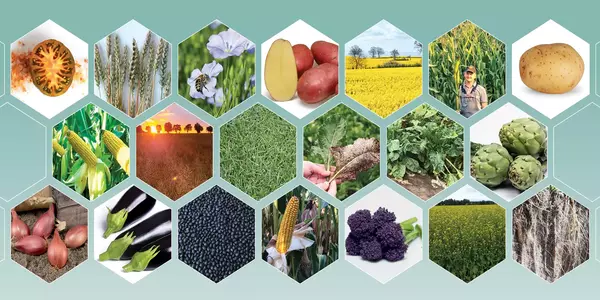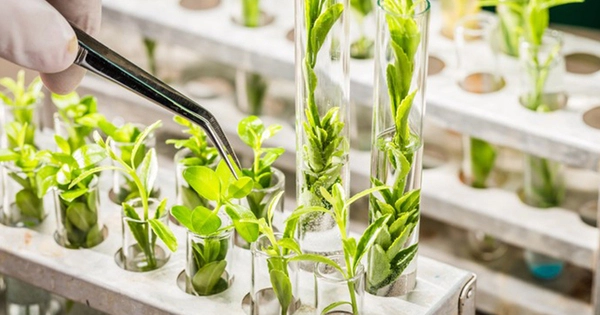If plants can indelibly register trauma, including trauma from other beings, it follows that plants can effectively serve as witnesses, providing testimony of some sort. Enter the minor but significant genre of “vegetal detecting” in popular culture at the time, in which plants were cast as witnesses in crimes and the detective’s job was to extract the necessary information from vegetation.
Long-held theories about how plants use calcium waves to respond to wounding and other stresses have been given new life. Calcium waves, according to John Innes Centre researchers, are a secondary response to an amino acid wave released from the wound rather than a primary response.
These findings call into question long-held beliefs about long-distance plant signaling molecules and the mechanisms that allow information to travel from the point of stress to living and non-living plant tissues.
For many years, it has been observed that wounding and other forms of trauma initiate calcium waves that travel both short distances from cell to cell and longer distances from leaf to leaf. These calcium waves are similar to signaling seen in mammalian nerves, but because plants lack nerve cells, the mechanism by which this occurs has been questioned.
Glutamate and calcium waves are linked; glutamate initiates the calcium response. Previously, it was assumed that what moved down the corridor was hydraulic pressure or a series of propagating chemical reactions, but our research shows that this is not the case.
Dr. Faulkner
According to the new findings published in Scientific Advances, when a cell is injured, it releases a wave of glutamate, an amino acid. This wave activates calcium channels in the membranes of the cells it passes through as it travels through plant tissues. This activation appears to be a calcium wave, but it is actually a passive response to the moving glutamate signal, or “readout.”
Previous hypotheses to explain how calcium waves pass through plant cells involved active mechanisms to propagate the calcium signal. These hypotheses relied on the signal propagating along the cell membrane, or via a pressure wave in the xylem, but there was no explanation for how the response passed from one cell to the next.

According to Dr. Christine Faulkner, Group Leader at the John Innes Centre, “Every time I saw an active propagation model, I wondered how this wave got from cell to cell. There appeared to be a gap in the theory, and this research reveals a new mechanism demonstrating that the calcium wave is not what it appears to be.”
Dr. Faulkner’s team specializes in the study of plasmodesmata, which are the channels or bridges that connect cells, and the team hypothesized that a wound signal would travel from cell to cell via plasmodesmata. However, they discovered that the mobile signal is a glutamate wave that travels outside of cells, along the cell walls, using quantitative imaging techniques, data modeling, and genetics.
“Glutamate and calcium waves are linked; glutamate initiates the calcium response.” You could think of it in terms of a corridor. The glutamate rushes down the corridor, kicking open a door as it passes. The calcium response is the opening of the door. “Previously, it was assumed that what moved down the corridor was hydraulic pressure or a series of propagating chemical reactions, but our research shows that this is not the case,” Dr. Faulkner said.
Dr. Analisa Bellandi, the study’s first author, stated, “We’ve shown that calcium waves are synchronous with glutamate waves, and their dynamics match transmission by diffusion and flow. This study forces us to reconsider our assumptions. I am hoping that our research will inspire debate and allow people to take a fresh perspective on data which has been in the field for a long time.”
















